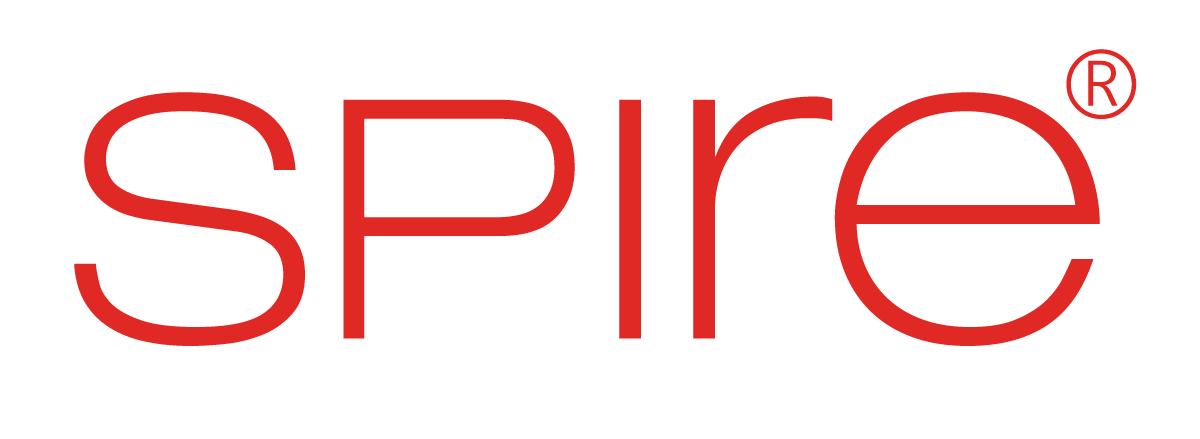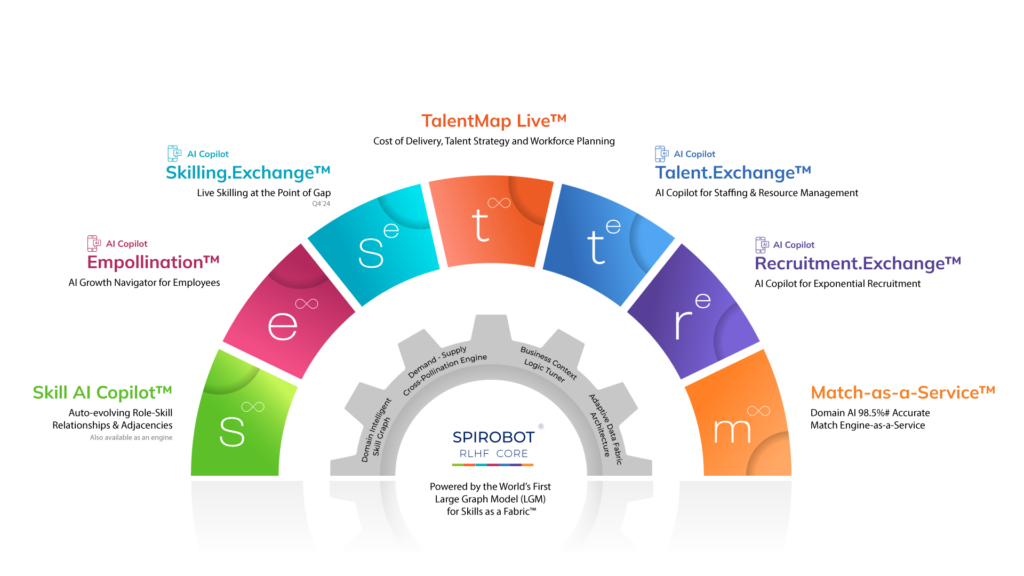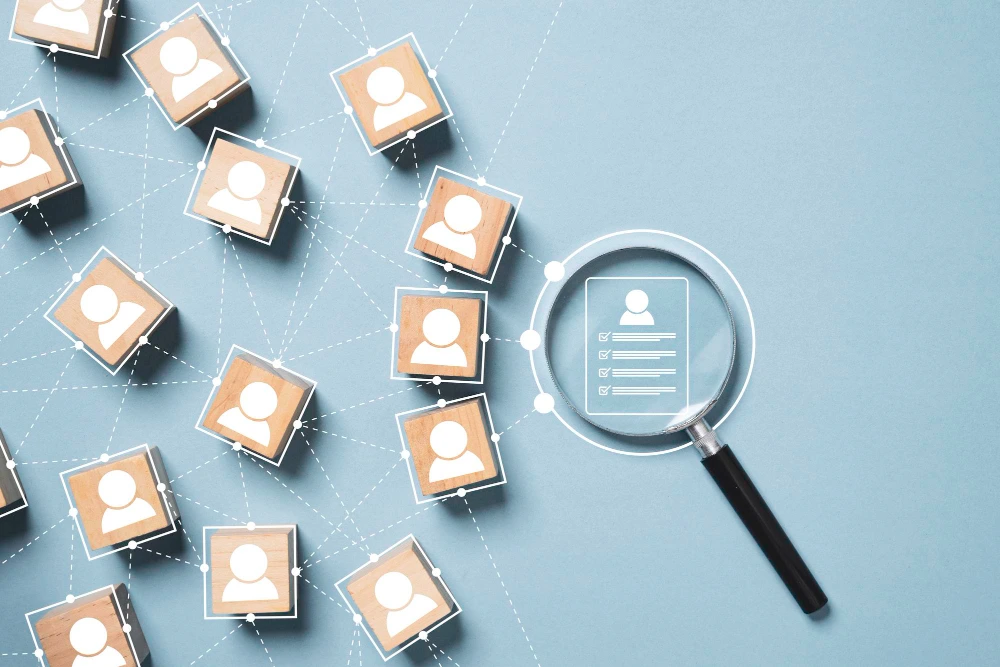Employee turnover is more than just an HR metric, it’s a silent disruptor of business success. When an employee leaves, the financial burden of hiring a replacement is just the tip of the iceberg. The deeper, less visible costs—lost productivity, weakened morale, disrupted team dynamics, and customer dissatisfaction often go unnoticed but have a lasting impact on business performance. Organizations that fail to address high turnover risk losing valuable talent and damaging their reputation and overall operational efficiency.
An empty desk isn’t just an open position; it represents knowledge gaps, missed deadlines, and potential revenue loss. According to the Work Institute’s 2023 Retention Report, employee turnover could have been prevented, yet many companies remain reactive rather than proactive. To build resilient organizations, HR and talent leaders must fully understand the cost of employee turnover and implement strategies that go beyond just filling vacancies.
Breaking Down the Cost of Employee Turnover
The employee turnover cost extends far beyond recruiting fees and salary adjustments. Here’s a closer look at the hidden expenses that organizations incur when employees leave.
1. Productivity Loss: The Ripple Effect of Departure
When an employee exits, their responsibilities don’t vanish with them. Teams are forced to redistribute work, often leading to inefficiencies and a slowdown in projects. The cost of this disruption compounds, especially for roles that require deep expertise or relationship-driven outcomes.
- Transition Gaps: It takes an average of 8–12 weeks to onboard and ramp up a new hire, during which productivity remains below optimal levels.
- Knowledge Drain: Departing employees take with them institutional knowledge that is difficult, if not impossible, to replace.
- Overall Impact: Gallup estimates that lost productivity due to turnover costs U.S. businesses $1 trillion annually.
2. Recruiting and Onboarding Expenses: The Visible Costs
Recruiting a replacement is expensive. From job postings to recruiter fees and onboarding programs, direct hiring costs add up quickly.
- Recruiting Costs: External hiring can cost up to 30% of an employee’s annual salary.
- Onboarding Programs: Training and orientation programs require internal resources and time, delaying productivity gains from new hires.
- Average Hiring Cost: According to the Society for Human Resource Management (SHRM), the average cost per hire is $4,700, but it can be significantly higher for specialized roles.
3. Morale and Engagement: The Hidden Cultural Cost
Turnover doesn’t just affect those who leave, it impacts those who stay. When colleagues see frequent departures, it can erode trust in leadership and shake confidence in the organization’s stability.
- Increased Workload: Existing employees absorb additional responsibilities, leading to burnout and further turnover risk.
- Employer Brand Damage: High turnover rates make it harder to attract top talent, as candidates view frequent departures as a red flag.
- Retention Concerns: A LinkedIn survey found that 94% of employees would stay longer if their employer invested in their career development.
4. Customer and Client Relationships: The External Impact
For customer-facing roles, employee turnover can damage client relationships and disrupt service continuity.
- Trust Erosion: Clients and customers build relationships with employees; frequent changes can weaken confidence in your organization’s reliability.
- Lost Revenue: A study by Harvard Business Review found that companies with high turnover experience up to 25% lower customer satisfaction scores.
- Sales Impact: Research from the Center for American Progress suggests that turnover costs for highly skilled positions can reach 213% of the employee’s annual salary.
5. Leadership Bandwidth: The Opportunity Cost
HR and leadership teams must dedicate time to exit interviews, hiring processes, and transition planning, diverting them from strategic initiatives.
- Lost Strategic Focus: Time spent on backfilling roles detracts from long-term growth and talent development strategies.
- Manager Burnout: People managers spend significant time managing departures, onboarding, and coaching new hires, affecting their own productivity and engagement.
- Leadership Impact: The Work Institute’s 2023 Retention Report states that 77% of turnover is preventable, yet most organizations remain reactive.
How to Reduce Employee Turnover Costs
Preventing turnover is significantly more cost-effective than replacing employees. Proactive strategies help retain talent and protect organizational stability.
Invest in Employee Growth and Development
Employees who see a clear path for growth are less likely to seek opportunities elsewhere.
- Offer upskilling and reskilling programs to keep employees engaged.
- Provide mentorship and career coaching to reinforce long-term commitment.
- Development Investment: Companies that invest in career growth see 34% higher retention rates, according to LinkedIn’s Workplace Learning Report.
Leverage Data-Driven Retention Strategies
Predictive analytics can help identify at-risk employees and mitigate turnover before it happens.
- Monitor engagement surveys and performance metrics for early warning signs.
- Use AI-driven insights to tailor retention efforts for high-impact employees.
- Retention Predictability: Organizations using predictive analytics report a 20–25% reduction in turnover, per a McKinsey study.
Optimize Compensation and Benefits
Competitive pay is crucial, but benefits that support work-life balance and well-being also play a major role.
- Implement flexible work policies to accommodate different employee needs.
- Provide mental health support and financial wellness programs to enhance retention.
- Financial Impact: The Work Institute reports that a lack of career development and work-life balance are among the top reasons employees leave, accounting for 63% of voluntary turnover.
Strengthen Workplace Culture and Leadership
Employees leave managers, not companies. A strong leadership pipeline and a culture of recognition can reduce turnover.
- Train managers on effective communication and team leadership.
- Build a culture of recognition and appreciation to enhance engagement.
- Leadership Effectiveness: Gallup research shows that 70% of team engagement variance is tied to the manager’s effectiveness.
How Spire.AI Is Helping Organizations Reduce Employee Turnover Costs
Spire.AI is transforming the way HR leaders address employee retention by leveraging Large Graph Models (LGM) for Skills Intelligence, Role-Skill Architecture, and Domain-Intelligent AI. The platform utilizes these advanced AI-driven frameworks to provide organizations with precise and actionable workforce insights.
– Identifying Flight Risks Early
– Personalizing Retention Strategies
– Enhancing Employee Engagement
– Optimizing Workforce Planning
– Reducing Hiring Costs and Increasing Tenure
Identifying Flight Risks Early
Spire.AI builds a comprehensive skills graph by continuously analyzing employee skills, career trajectories, and real-time engagement data. By integrating internal HR data with external labor market trends, the system can detect stagnation risks and predict when an employee is likely to disengage. This allows organizations to proactively intervene with targeted career development plans, mentorship opportunities, or lateral job moves to keep employees motivated and engaged.
Personalizing Retention Strategies
Unlike standard HR analytics, Spire.AI generates role-specific and skills-based retention strategies tailored to each employee’s unique competencies and aspirations. By assessing gaps between an employee’s current skills and their potential career paths, the system recommends customized learning programs, leadership training, or reskilling opportunities that increase employee satisfaction and long-term retention.
Enhancing Employee Engagement
Through its advanced role-skill architecture, Spire.AI helps HR leaders match employees to roles that align with their skills and interests. By dynamically adjusting job assignments based on an individual’s evolving competencies and preferences, organizations can reduce job dissatisfaction, minimize burnout, and retain top performers.
Optimizing Workforce Planning
Spire.AI’s Domain-Intelligent AI evaluates workforce trends, skill evolution, and internal talent movements to predict workforce gaps before they become critical. By leveraging these insights, HR teams can develop succession plans, allocate training budgets more effectively, and identify future leadership candidates to ensure business continuity.
Reducing Hiring Costs and Increasing Tenure
Organizations leveraging Spire.AI have seen an average 20-25% reduction in turnover rates by improving career pathing, reskilling initiatives, and internal mobility. By retaining existing employees rather than replacing them, companies significantly reduce hiring costs, minimize disruptions, and cultivate a more stable and engaged workforce.
By taking a proactive, data-driven approach rooted in skills intelligence, HR leaders can move beyond reactionary turnover management and build a sustainable, engaged workforce. Spire.AI equips organizations with the tools needed to make intelligent, role-optimized decisions, leading to stronger employee retention and improved business outcomes.
Strategic Takeaways on Reducing Employee Turnover
Employee turnover extends beyond a financial issue, it disrupts organizational stability, impacts team morale, and hinders long-term growth. HR and talent leaders must shift their focus from reactive hiring to proactive retention strategies. Investing in employee engagement, learning and development, and workplace culture will not only reduce employee turnover costs but also strengthen the company’s long-term resilience.
With solutions like Spire.AI, organizations can unlock new levels of workforce intelligence and keep their best talent where they belong, thriving within the organization.






